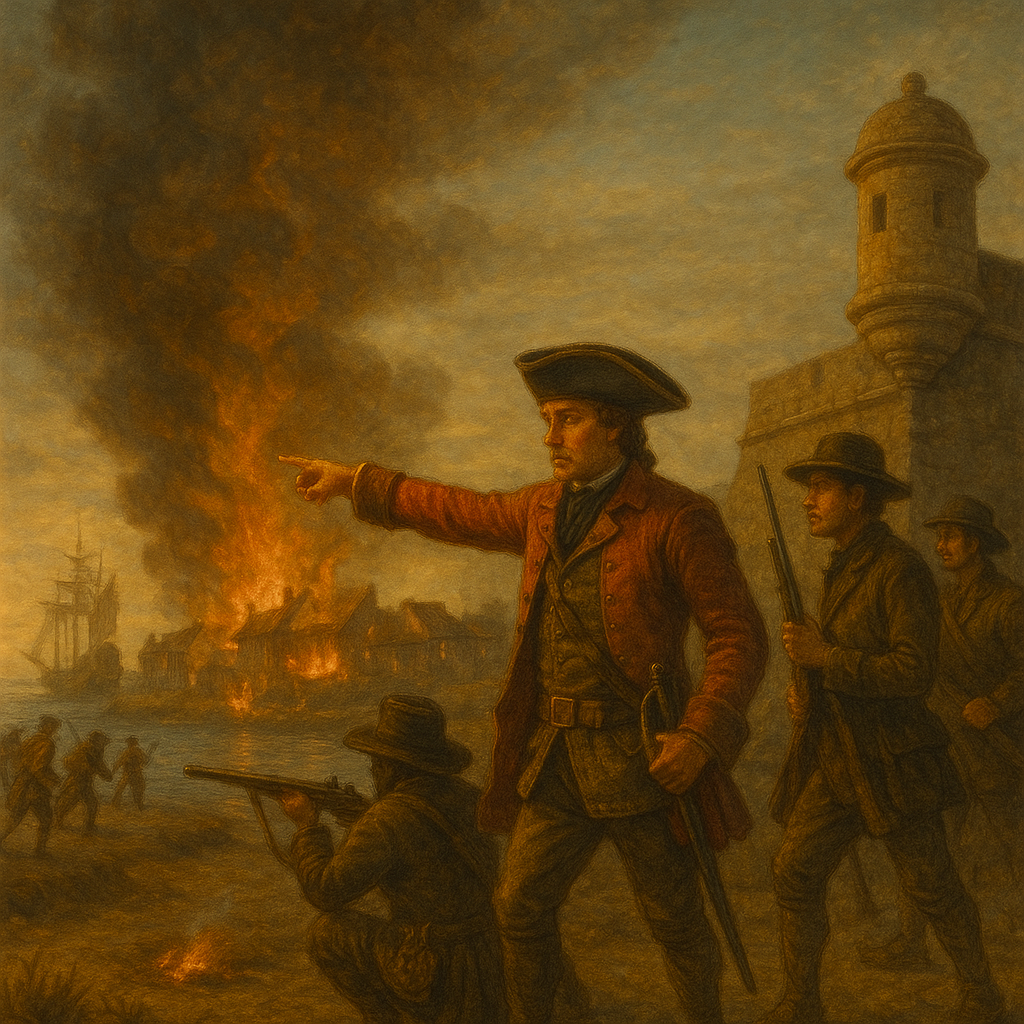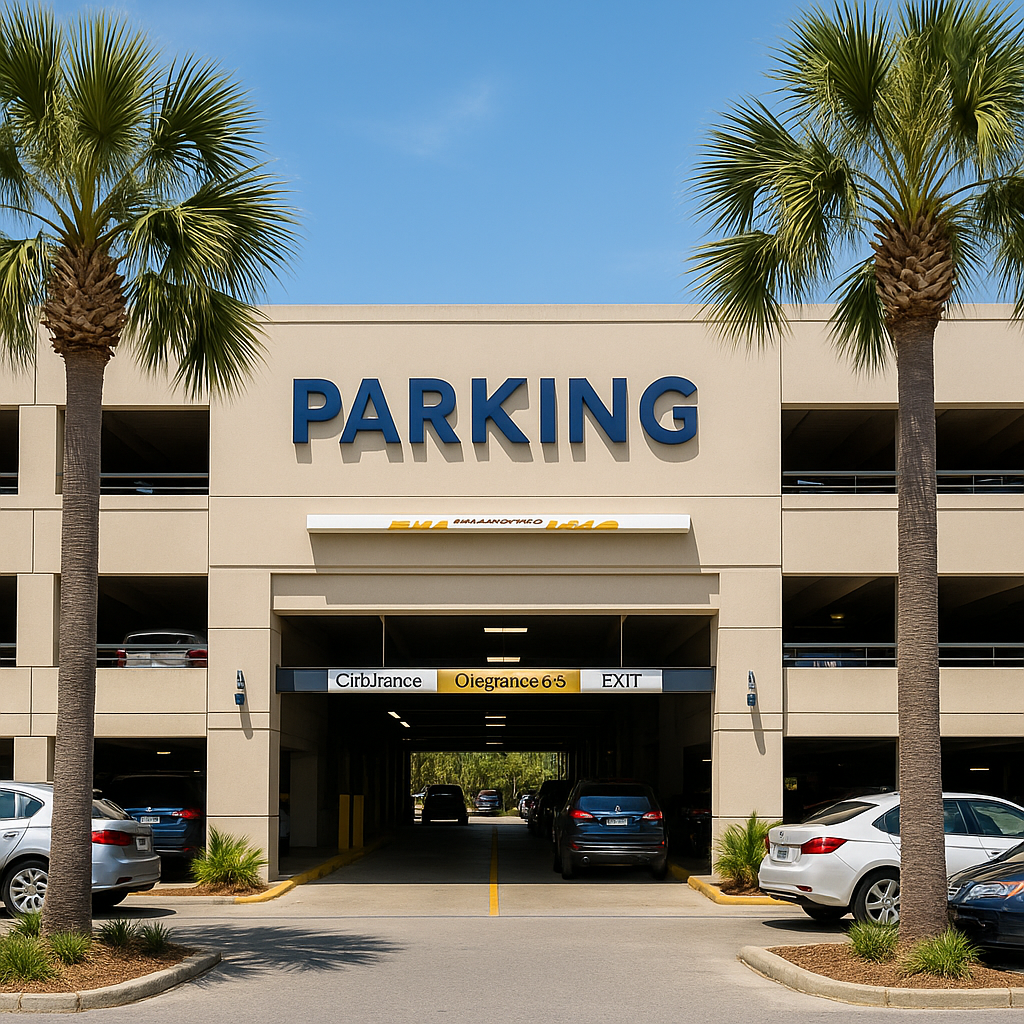Colonial Crossfire: St. Augustine in the Age of Empires
From the late 1500s to the early 1800s, St. Augustine wasn’t just a sleepy coastal town — it was a battleground in a global power struggle. Spain, Britain, France, and even pirates fought for control over Florida, and St. Augustine was right at the center. What emerged from this constant pressure was a city shaped by fire, war, and reinvention.
Spain’s Foothold in the New World
After its founding in 1565, Spain held onto St. Augustine with a white-knuckle grip. The settlement didn’t make much money, but it served a critical purpose: it protected Spanish shipping lanes and anchored Spain’s claim to the Southeast. It also acted as a launch point for missionary work and defense against encroaching European rivals.
By the 1600s, St. Augustine was home to a wooden fort, dozens of buildings, and a growing network of missions spreading inland. But it was always vulnerable.
British Attacks and the Rise of the Castillo
Spain’s main rival in the Southeast was England. The English had planted colonies in Virginia and Carolina and saw Florida as prime real estate.
In 1586, English privateer Sir Francis Drake sacked and burned St. Augustine to the ground. It was rebuilt, only to be burned again in 1668 by pirates. After these repeated attacks, Spanish officials realized wooden defenses wouldn’t cut it.
Construction began in 1672 on the Castillo de San Marcos, a massive stone fort made from coquina — a native shell-stone that absorbed cannon fire rather than shattering. Finished in 1695, the fort became the backbone of St. Augustine’s defense system. It worked. The Castillo was never taken in battle.
The 1702 Siege and Ongoing Warfare
Tensions exploded again in 1702 during Queen Anne’s War, the North American theater of the War of the Spanish Succession. English forces from Carolina, led by Governor James Moore, launched a major assault on St. Augustine. Civilians and soldiers took refuge inside the Castillo as the British set fire to the town around it. After a brutal siege, the British gave up and retreated. The fort held strong.
The next decades were marked by raids, skirmishes, and shifting alliances. Native American groups were often pulled into the conflicts as allies or pawns, with devastating consequences for Indigenous communities.
The British Take Control (1763–1784)
Spain managed to hold onto St. Augustine for over 200 years — until 1763, when the British finally got their hands on it. But not through war.
After the Seven Years’ War, Spain ceded Florida to Britain in exchange for Havana, which the British had captured during the fighting. For the first time, St. Augustine was under British control.
The British turned the sleepy outpost into a garrison town and regional capital. They brought in settlers, built plantations, and tried to “anglicize” the city. Some Spanish residents left, but many stayed, and others — including freed Black residents and Minorcan laborers — arrived and shaped the city’s culture.
Back to Spain, Then On to the U.S.
After the American Revolution, Florida was handed back to Spain in 1784 as part of the peace negotiations. The Spanish return was quieter this time, more administrative than imperial. But the writing was on the wall — Spain’s grip on the Americas was slipping.
In 1821, Spain officially ceded Florida to the United States. By then, St. Augustine had survived more than two centuries of colonial chaos.
A City Built to Endure
What sets St. Augustine apart from other colonial settlements is its endurance. It wasn’t the richest, biggest, or most important — but it lasted. Its position as a military outpost meant it was constantly under threat, but also constantly reinforced. Through fire and siege, Spanish, British, and eventually American hands reshaped the city, leaving behind layers of architecture, language, and identity that still define it today.
St. Augustine wasn’t just a witness to colonial rivalry — it was a prize worth fighting for.






